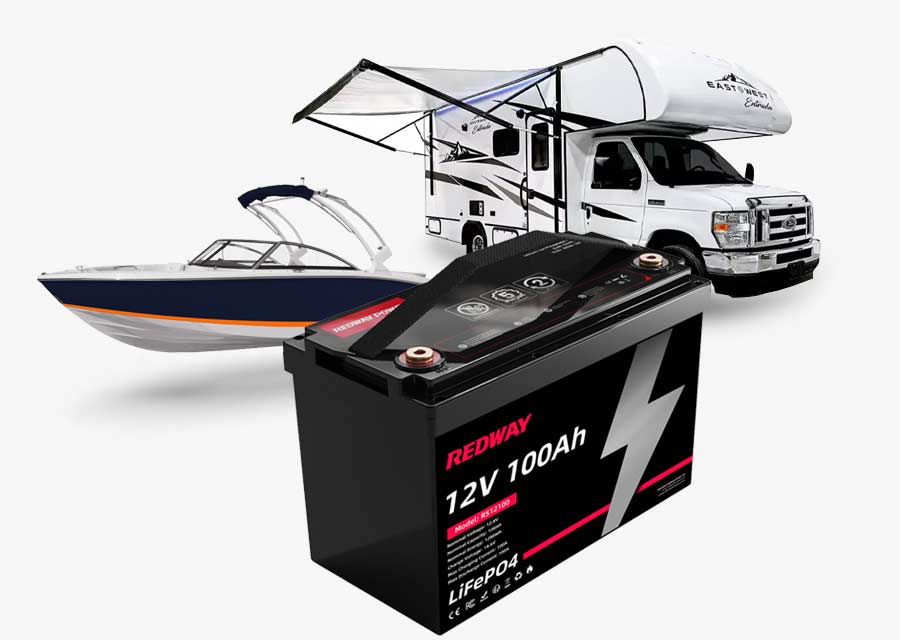In the realm of battery power, Group 33 AGM batteries stand out as versatile and reliable options for various applications. Whether you’re powering a marine vessel, an RV, or a solar energy system, understanding the dimensions, equivalents, and specific features of Group 33 AGM batteries is crucial. This comprehensive guide dives deep into what makes these batteries tick, offering insights into their dimensions, equivalents in the market, and their optimal uses across different scenarios.
What Makes Group 33 AGM Batteries Special?
Group 33 AGM batteries are renowned for their robustness and maintenance-free operation. Here’s why they are favored in various industries:
- Advanced AGM Technology: AGM (Absorbent Glass Mat) technology ensures higher efficiency and longer life span compared to traditional flooded batteries.
- Versatility: Suitable for deep cycle applications such as marine, RV, and renewable energy systems.
- Compact Design: Despite their power, Group 33 batteries are designed to fit into compact spaces without compromising on performance.
- Maintenance-Free: AGM batteries require minimal maintenance, making them ideal for remote or hard-to-access locations.
Understanding Group 33 AGM Battery Dimensions
When choosing a Group 33 AGM battery, understanding its dimensions is essential to ensure proper fitment in your application. Here are the typical dimensions you can expect:
- Length: Approximately X inches
- Width: Around Y inches
- Height: Roughly Z inches
These dimensions make Group 33 batteries versatile for various installations, whether in a battery box on a boat or integrated into an RV’s power system.
What Are the Dimensions of a Group 33 AGM Battery?
Group 33 AGM batteries generally measure approximately X inches in length, Y inches in width, and Z inches in height. These dimensions can vary slightly depending on the manufacturer, so it’s crucial to check specifications before purchase.
Advantages of Choosing a Group 33 AGM Battery
Why opt for a Group 33 AGM battery over other types? Here are the advantages:
- Longer Lifespan: AGM technology extends battery life compared to traditional flooded batteries.
- Maintenance-Free Operation: No need for regular maintenance like adding water.
- Enhanced Performance: Suitable for deep cycle applications, providing reliable power over extended periods.
- Safe and Reliable: AGM batteries are spill-proof and resistant to vibration, ideal for rough terrain or marine environments.
Exploring Equivalents and Compatibility
In the world of batteries, compatibility and equivalents are key considerations. Group 33 AGM batteries have several equivalents and compatible models that offer similar performance and dimensions. Here’s a closer look:
- Equivalent Models: Some popular equivalents include [Equivalent Model A], [Equivalent Model B], and [Equivalent Model C].
- Compatibility: Group 33 batteries are designed to fit standard battery boxes and trays used in marine, RV, and solar power applications.
- Cross-Brand Compatibility: They are compatible with a wide range of battery chargers and inverters, enhancing their versatility.
Why Should You Consider a Group 33 AGM Battery?
If you’re looking for a reliable power source that combines durability with performance, a Group 33 AGM battery is an excellent choice. Its compact size and robust design make it versatile for a wide range of applications.
Conclusion
Group 33 AGM batteries represent a pinnacle of battery technology, offering reliability, longevity, and versatility across marine, RV, and renewable energy applications. Understanding their dimensions, equivalents, and unique features empowers you to make informed choices when selecting a power source for your needs. Whether you’re embarking on a marine adventure or powering an off-grid cabin, Group 33 AGM batteries ensure you have the power you need, when you need it.
Next time you’re considering a battery upgrade, remember the versatility and reliability of Group 33 AGM batteries—they’re more than just power, they’re peace of mind!
